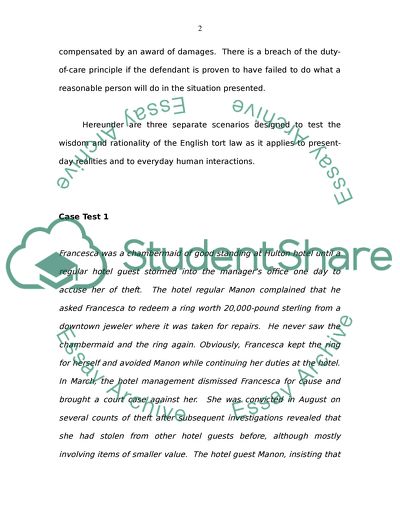Cite this document
(“British Tort Law Case Study Example | Topics and Well Written Essays - 2500 words”, n.d.)
Retrieved from https://studentshare.org/law/1522377-british-tort-law
Retrieved from https://studentshare.org/law/1522377-british-tort-law
(British Tort Law Case Study Example | Topics and Well Written Essays - 2500 Words)
https://studentshare.org/law/1522377-british-tort-law.
https://studentshare.org/law/1522377-british-tort-law.
“British Tort Law Case Study Example | Topics and Well Written Essays - 2500 Words”, n.d. https://studentshare.org/law/1522377-british-tort-law.


